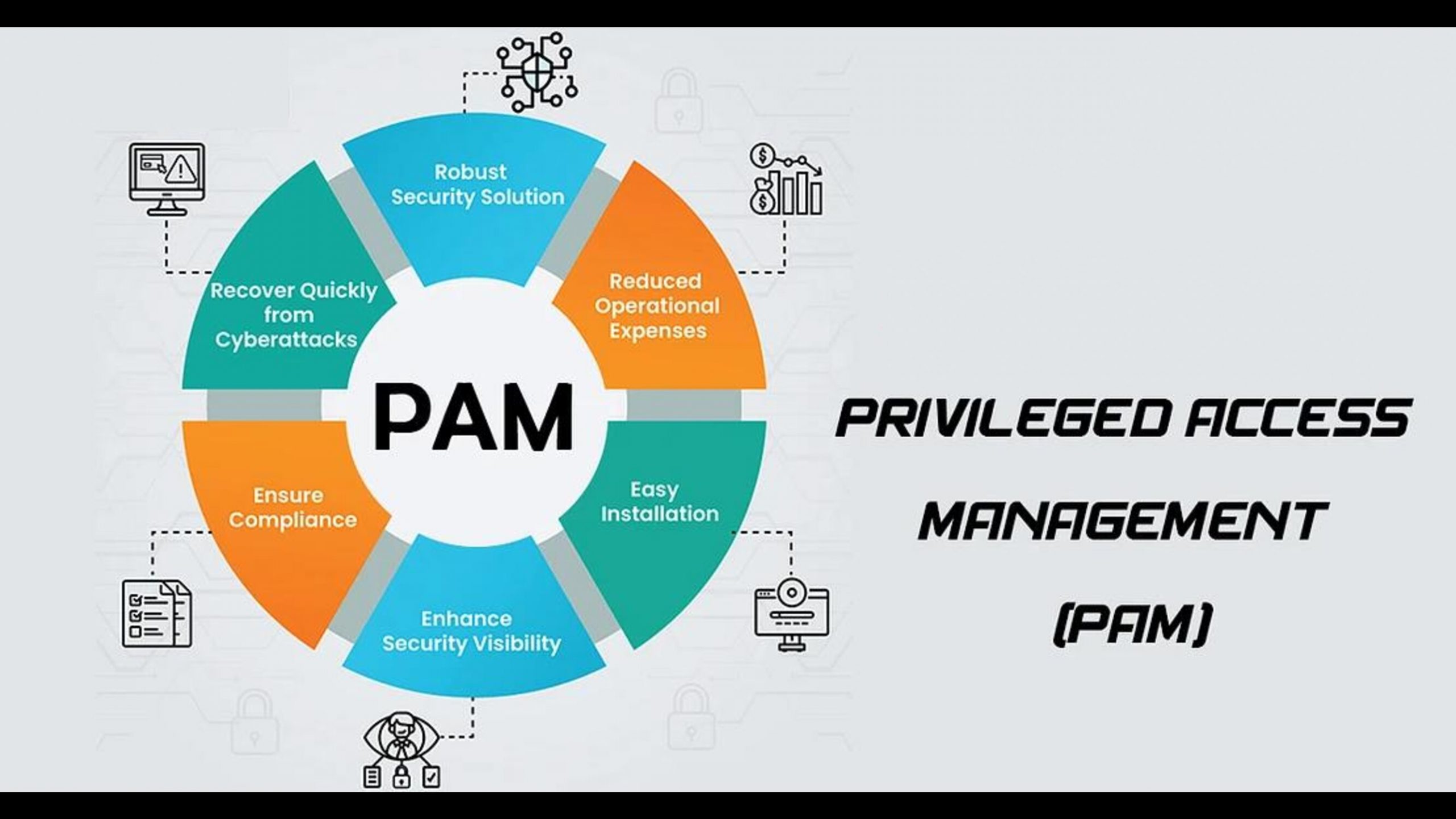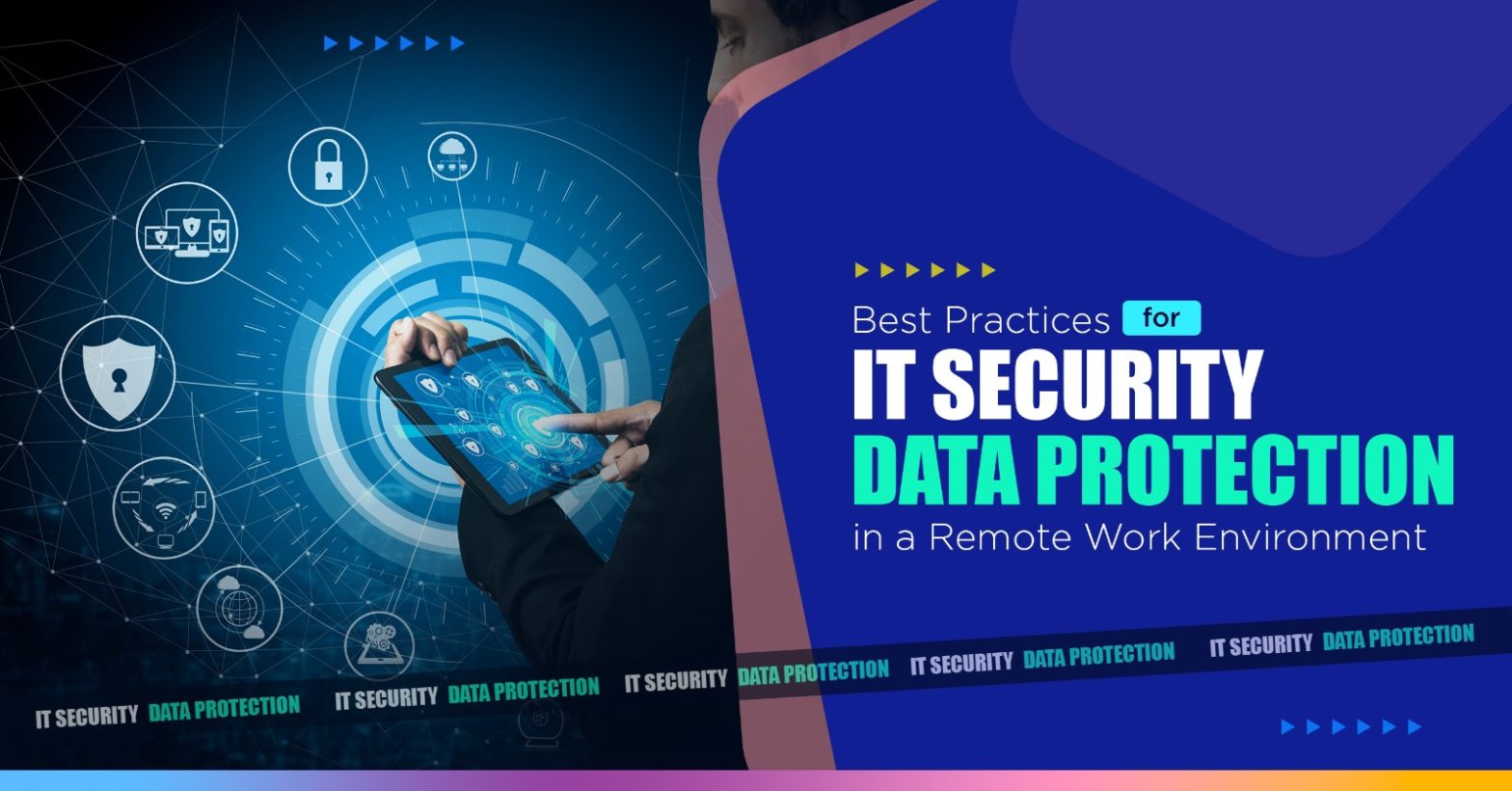Strengthen your Cybersecurity Strategy with PAM and AAM
Posted On July Monday 12, 2021

Did you know that smart companies are investing more in cybersecurity solutions to mitigate risks and protect their sensitive data from getting breached? The sudden shift to remote working is one of the most significant causes of cyber threats in 2020, and we can expect this to continue in 2021. Many companies have had to make a rapid transition, and this has placed a lot of emphasis on companies moving to the cloud. Moving all remaining on-premises legacy systems to the cloud is in high priority for most companies. As a result, it has become more crucial than ever for enterprises to have a robust identity and access management controls that use a risk-based approach.
According to Accenture’s Ninth Annual Cost of Cyber crime Study, the average financial impact of an intrusion has gone from $1.4 million to $13 million per attack. And, while looking back to 2020, the number will continue to increase in 2021. That’s why it is essential for businesses to create a strong cyber security posture.
Thus, to help you protect your business, here are 2 best cybersecurity solutions to implement in your organization.
Privileged Access Management (PAM): Everything to know about
Privileges Management is the main way to prevent violations and internal attacks. It allows the control of all services in the digital scope of a company through one system. Thus, in addition to being able to define which applications a given employee can use, the manager also receives a detailed report on each access and alerts on suspicious activities. After implementing this system, corporate IT departments can reduce access privileges according to groups and tools. Thus, the user is only entitled to access the applications and locations that are necessary to carry out the work.
How Privileged Access Management provides data security services
PAM allows you to control and manage access information in greater security, which can become a critical factor if it falls into the wrong hands. In concrete terms, this method allows you to collect all the access credentials of privileged accounts and insert them in a virtual security vault. To access that vault, it is necessary to authenticate your identity. In this way, sensitive information is collected in a centralized environment that is easier to monitor.
For instance, CyberarkPAM offers a wide range of solutions to secure privileged credentials and insider threats wherever they exist, such as on-premises, in the cloud, or anywhere in between. It can support any device, any data center, as well as throughout the DevOps pipeline.
Ways Privileged Access Management reduces Internal Threats
Internal threats are not always associated with people who work within the organization. It also contains other individuals who work as consultants, third-party contractors, vendors and have legitimate access to some of your resources. Thus, organizations must adopt a Privileged Access Management (PAM) solution and provide access data to privilege accounts from that solution in their monitoring system.
Here, we have highlighted features present in PAM solutions that are considered strategic for those companies looking to reduce the possibilities of internal threats.
- Secure the credentials of your most sensitive data (sensitive applications, databases, privileged accounts, and other critical systems) in a secure, central vault.
- Limit privileged access to confidential information such as customer data, personally identifiable information, trade secrets, intellectual property, and financial data..
- Remove local administrator rights from employee workstations and implement allow, restrict and deny policies to block malicious applications.
- Implement workflow approvals for privileged account creation and governance.
- Monitor and record privileged access to sensitive information, data, and systems.
Key benefits of PAM Tools
A counterpoint between PAM and other security technologies is that PAM covers multiple points in the cyber-attack chain, protecting both external and internal threats. Other benefits which PAM provides are:
Revocation of access to privileged accounts
Being able to quickly and easily revoke passwords on privileged accounts is essential. Many companies still keep the passwords of their former employees, making it easier to steal private and corporate information, pass it on, or sell it to competitors and cyber criminals.
Thanks to PAM tools, you can plan to carry out an automated revocation and rotation, limiting permissions on networks, applications, and systems to third parties.
Ensures regulatory compliance
A privileged access management solution allows you to track each of the actions of privileged users, which improves the visibility of potential risks. Moreover, the General Data Protection Regulation (GDPR) requires organizations that guarantee and demonstrate compliance with personal data. PAM solutions controls the life cycle of privileged accesses together with other cybersecurity solutions and manages to inline business objectives with legal requirements.
Improves agility in DevOps projects
In application development operations, whether in the cloud or “on-premise”, it is useful to have a credential management solution to be able to give access to privileged accounts with some freedom, but always in a controlled manner.
Application Access Management
The flow of data generated and consumed every day is growing more and more and this has dire consequences for businesses: managing the data of thousands and thousands of users, with different access permissions, on a wide range of platforms and systems. Whether users are customers, business partners, employees, or cloud providers, they all access the network. Thus, Application Access Management has therefore reached a level that often goes beyond the internal infrastructure.
However, this is not the only reason companies and authorities are so intensely concerned with data management and storage. In fact, according to the compliance rules, they are obliged to constantly manage access permissions. Therefore, the purpose of Application Access Management is to manage users’ identities and their access permissions.
With systems decentralization, global cloud access, and increased use of mobile devices, the AAM is becoming the premier data management solution. Without Application Access Management, it is almost impossible to identify when and for what reason a specific user needs access to the resources and above all, how he uses them on a given device. The IAM, therefore, offers the possibility to navigate this maze of data. CyberArk AAM provides security management for applications across on-premises, hybrid and multi-cloud environments. Besides, it also reduces identity provisioning time, guarantees interactions on secure lines, and eliminates operational costs and risks involved in maintaining and patching VPNs.
Components of Application Access Management
IDENTIFICATION
It designates the creation of the digital identity of the employee within the organization, to assess their various access parameters.
AUTHENTICATION
At this stage, complex encryption methods start, including the utilization of multiple authentication factors, which ensures the integrity of the connection. It can be a code validation, a bio-metric confirmation, or a digital certificate. Increasingly used, such strong authentication is today the best defense against phishing.
AUTHORIZATION
Authorization addresses the right of access to a particular record. The management of identities and accesses determines which user has which rights on the files and thus assures a rigorous structuring of accesses. It can vary from simple reading to the execution or fully administering a program.
USER MANAGEMENT
This covers the administration of all user records. Here, it is possible to modify the profiles and revise the access rights as needed. Furthermore, the use of a central repository makes it possible to extend user access to third-party systems.
What does Application Access Manager do?
AAM’s main objective is to facilitate the management of user identity within an organization, ensuring that only authorized people have access to the resources that are appropriate for their role. This involves actions such as:
- Capture and authenticate the user’s login, as well as record their information.
- Control and manages privileged access for non-human identities.
- Configure storage services.
- Add or delete users and change their permission to access data.
- Simplifies integrations with a variety of commercial software platforms such as RPA platforms, CI/CD tool sets, and container platforms.
- Develop application usage reports and policies for access to company systems.
Benefits of identity and access management
Having an identity and access management tools and systems allows transparent process, reinforcing the security of information flows in a company and avoiding risks, such as identity fraud, phishing, and data leaks, in addition to access inappropriate to data that should be confidential.
AAM also facilitates tasks such as setting up accounts, reducing the operational work of security teams and enabling them to take on more strategic actions. Automation makes operations even more dynamic and scalable, making tasks such as user provisioning changes that involve revocations and changes in access levels even easier.
On the other hand, the absence of the AAM can bring security risks and, on top of that, fines and other legal consequences for non-compliance with compliance rules.
Together, PAM and AAM provide precise control, visibility, and auditability of all existing identifiers and privileges in a systems environment.
Final Consideration
In short, there are number of ways to protect your organization as there are number of ways to harm it. Therefore, keeping your defenses as tight as possible and ensuring that human technological and procedural factors are met is critical to keeping your operation running smoothly and minimizing threats.

